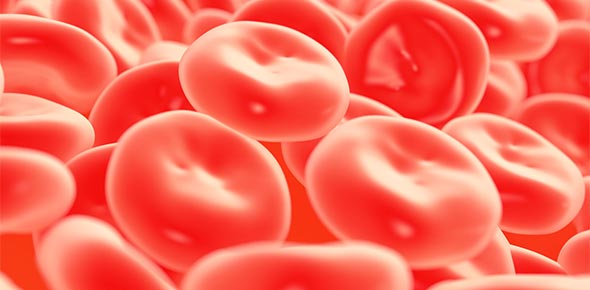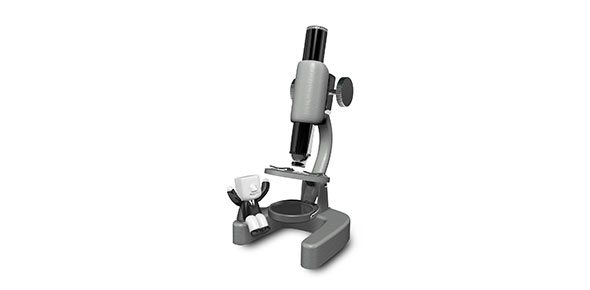Related Flashcards
Related Topics
Cards In This Set
| Front | Back |
|
What is acoustic propagation properties?
|
The effects of the medium upon the sound wave
|
|
Definition of sound
|
A type of wave that carries energy not matter from place to place.
Created by the vibration of a moving object.
A series of compressions and rarefactions.
|
|
What are compressions?
What are rarefactions?
|
Compressions are areas of increased pressure on density.
Rarefactions are areas of decreased pressure on density.
|
|
True or false
Sound must travel through a medium, cannot travel through a vacuum.
|
True
|
|
Sound is mechanical, _______ wave and travels in a _____ line.
|
Longitudnal
straight
|
|
Concentration of mass within a volume is called _______.
|
Pressure (kg/cm3)
|
|
Measure of particle motion is called ________.
|
Distance
(cm, feet, miles)
|
|
Definition of transverse wave.
|
Particles move in a perpendicular direction (right angles or 90 degrees) to the direction of the wave.
|
|
Particles moving in the same direction of the wave arknown as _________.
|
Longitudnal waves
|
|
Define acoustic variables.
|
Identify which are sound waves, when acoustic variables change rhythmically in time, a sound wave is present.
** Acoustic variables inform us of which waves are sound waves (pressure, density, distance)
|
|
What describes features of a particular sound wave
(period, frequency, amplitude, power, intensity, speed, & wavelength)?
|
Acoustic Parameters
|
|
Define period.
|
The time required to complete a single cycle (start of a cycle to the start of the next cycle).
(secs, usec, hours, any unit of time)
|
|
Define frequency.
|
Number of certain events that occur in a particular time.The frequency of a wave is the number of cycles of an acoustic variable that occur in one second.
(per second, 1/second, Hertz, Hz)
2-15 MHz - affects penetration & axial resolution (image quality)
|
|
Another way of saying per second is _________.
|
Hertz
|
|
A wave with a frequency exceeding 20,000 Hz (20 kHz) is known as ______.
Is this sound an audible sound?
|
Ultrasound
NO, CANNOT BE HEARD BY MAN
|








